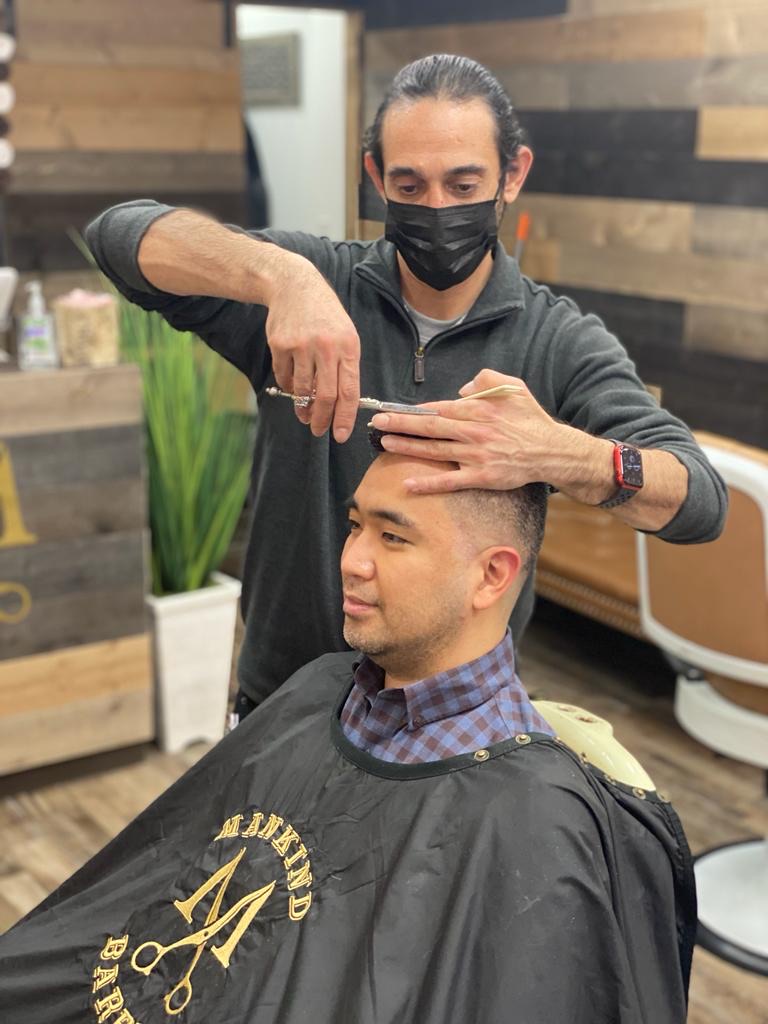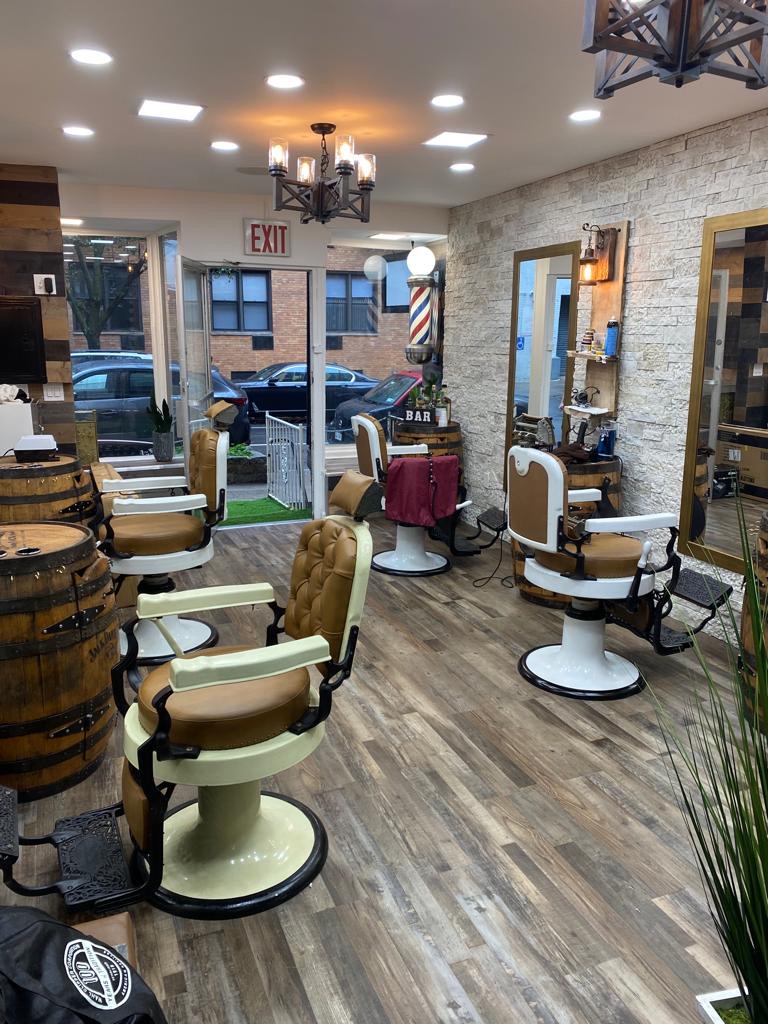Frequently Asked Questions
When selecting clippers and trimmers for various hair textures, it is crucial to consider the specific needs of each type. For coarse or thick hair, heavy-duty clippers equipped with powerful motors and sharp stainless steel blades are essential, as they can efficiently cut through dense strands without snagging. In contrast, fine or thin hair benefits from precision trimmers with adjustable blade lengths, allowing for delicate detailing and avoiding damage to fragile hair. Curly hair often requires specialized clippers with curved blades to navigate the natural shape and prevent uneven cuts, while textured hair may necessitate clippers with multiple guard sizes to accommodate different lengths and styles. Additionally, cordless trimmers provide flexibility and ease of use, particularly for intricate designs or fades, making them ideal for barbers and stylists working with diverse hair types. Ultimately, understanding the unique characteristics of each hair texture enables the selection of the most effective tools, ensuring optimal results and client satisfaction.
Choosing the right combs and brushes for various cutting techniques is essential for achieving precision and desired texture in hairstyling. For blunt cuts, a wide-tooth comb is ideal, as it allows for smooth detangling while maintaining the hair's natural flow. In contrast, a fine-tooth comb is preferable for detailed work, such as layering or creating intricate designs, as it enables the stylist to achieve clean, sharp lines. When working with curly or textured hair, a vent brush or a paddle brush can help distribute products evenly while minimizing frizz, enhancing curl definition. Additionally, round brushes are invaluable for blow-drying techniques, as they create volume and shape, while teasing combs are perfect for adding lift at the roots. Ultimately, the selection of combs and brushes should align with the specific cutting techniques employed, ensuring optimal results in both styling and finishing.
When it comes to texturizing and layering hair, the best types of scissors are texturizing shears and thinning shears, both of which are essential tools in a hairstylist's arsenal. Texturizing shears typically feature a unique blade design with varying tooth patterns that allow for the removal of bulk while maintaining length, creating soft, blended layers that enhance movement and dimension in the hair. On the other hand, thinning shears, which often have a higher tooth count, are ideal for reducing density and achieving a more feathered finish, making them perfect for fine-tuning layered hairstyles. These specialized scissors are designed to provide precision cutting, ensuring that the stylist can achieve the desired texture without compromising the overall shape of the haircut. Additionally, high-quality stainless steel construction and ergonomic handles are crucial for durability and comfort during prolonged use, allowing for seamless, efficient cutting techniques that result in beautifully textured and layered hair.
Utilizing a diverse array of shaving tools in a barbershop offers numerous benefits that enhance the overall grooming experience for clients. Traditional straight razors provide an unparalleled closeness and precision, allowing barbers to execute intricate detailing and achieve smooth finishes, particularly in areas like the neckline and around the ears. Safety razors, on the other hand, offer a balance of safety and efficiency, reducing the risk of nicks and cuts while still delivering a clean shave. Electric shavers and clippers cater to clients seeking convenience and speed, making them ideal for quick touch-ups or for those with sensitive skin. Additionally, the use of high-quality shaving brushes and creams can elevate the lathering process, ensuring optimal hydration and protection for the skin, which is crucial for preventing irritation. Incorporating various tools not only showcases the barber's skill and versatility but also allows for personalized grooming solutions tailored to individual hair types and skin sensitivities, ultimately enhancing client satisfaction and loyalty.
To maintain and sanitize barbering tools effectively, it is essential for barbers to implement a rigorous cleaning regimen that includes the use of disinfectants specifically formulated for salon equipment. Regularly cleaning clippers, shears, and combs with a high-quality clipper oil and disinfectant spray helps prevent the buildup of hair, product residue, and bacteria. Additionally, soaking tools in a hospital-grade disinfectant solution for the recommended time ensures thorough sanitation, while using a brush to remove debris from clipper blades enhances their longevity and performance. Barbers should also routinely inspect their tools for any signs of wear or damage, as well as replace any dull blades to maintain precision cutting. Furthermore, utilizing a UV sterilizer can provide an extra layer of sanitation, ensuring that all tools are free from pathogens before each use. By adhering to these best practices, barbers can uphold hygiene standards, promote client safety, and extend the lifespan of their essential equipment.

